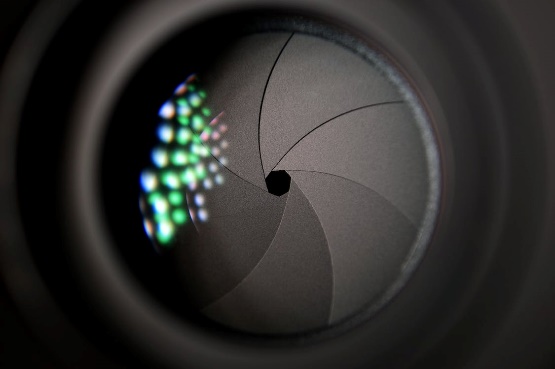Car manufacturer Tesla has made the settings of built-in security cameras in cars more privacy-friendly. Tesla did so after the Autoriteit Persoonsgegevens (AP) launched an investigation into those cameras.

The AP investigated Tesla's so-called Sentry Mode. Sentry Mode is supposed to protect the car from theft or vandalism, for example. This is done by taking images with 4 cameras on the outside of the car.
By default, when Sentry Mode was enabled, the cameras continuously filmed everything around a parked Tesla and kept 1 hour of footage each time. Due to software updates, the cameras are now off by default. And when the user does turn them on, they now store a maximum of 10 minutes of footage.
'So many Tesla's parked on the street often filmed everyone who came near the car, and stored that footage for a very long time. If every car does that you get a situation where you can no longer walk freely on the street anywhere without being spied on, ' says AP board member Katja Mur.
'Passersby were filmed without their knowledge. The owner of the Tesla could watch that footage back. If he parked the car in front of someone's window, he could peek in and see what the person was doing. That's a serious invasion of privacy. So it's good that Tesla itself has taken a critical look at this and changed it.
Tesla informed the AP that the company made several adjustments after the investigation began. For example, Sentry Mode now comes into action only when the car is touched. And not as soon as the cameras see any "suspicious" movement around the car. Also, at such a moment the car does not start filming by default, but the owner only receives a text message on the phone.
The car can still take camera images, but only when the user enables that feature. When the cameras capture images, the car indicates this on the screen inside the car. Also, the headlights then give a special light signal. This way, people know they are being filmed.
Furthermore, the car stores 1 minute of footage by default. The owner can optionally increase this to 10 minutes. Finally, the footage already remained in the car and it is not possible to share the footage with Tesla.
The AP's investigation does not result in a fine or other penalty for Tesla. In fact, the investigation found that it is not Tesla but the owner of the car who is legally responsible for the images taken by the car.
Mur: "But thanks to the changes Tesla has made, anyone who happens to walk by such a car is protected. Tesla is also reducing the chances of Tesla drivers breaking the law by illegally filming people with it.'
Cameras built into a car are subject to the same rules as cameras that people install around their homes, for example. In principle, it is forbidden to film the public road. Only in exceptional cases may people deliberately point cameras at public spaces. For example, if there are serious security problems, and car break-ins often occur in the neighborhood. It is always the responsibility of the owner of the camera to adjust it correctly and respect other people's privacy.

